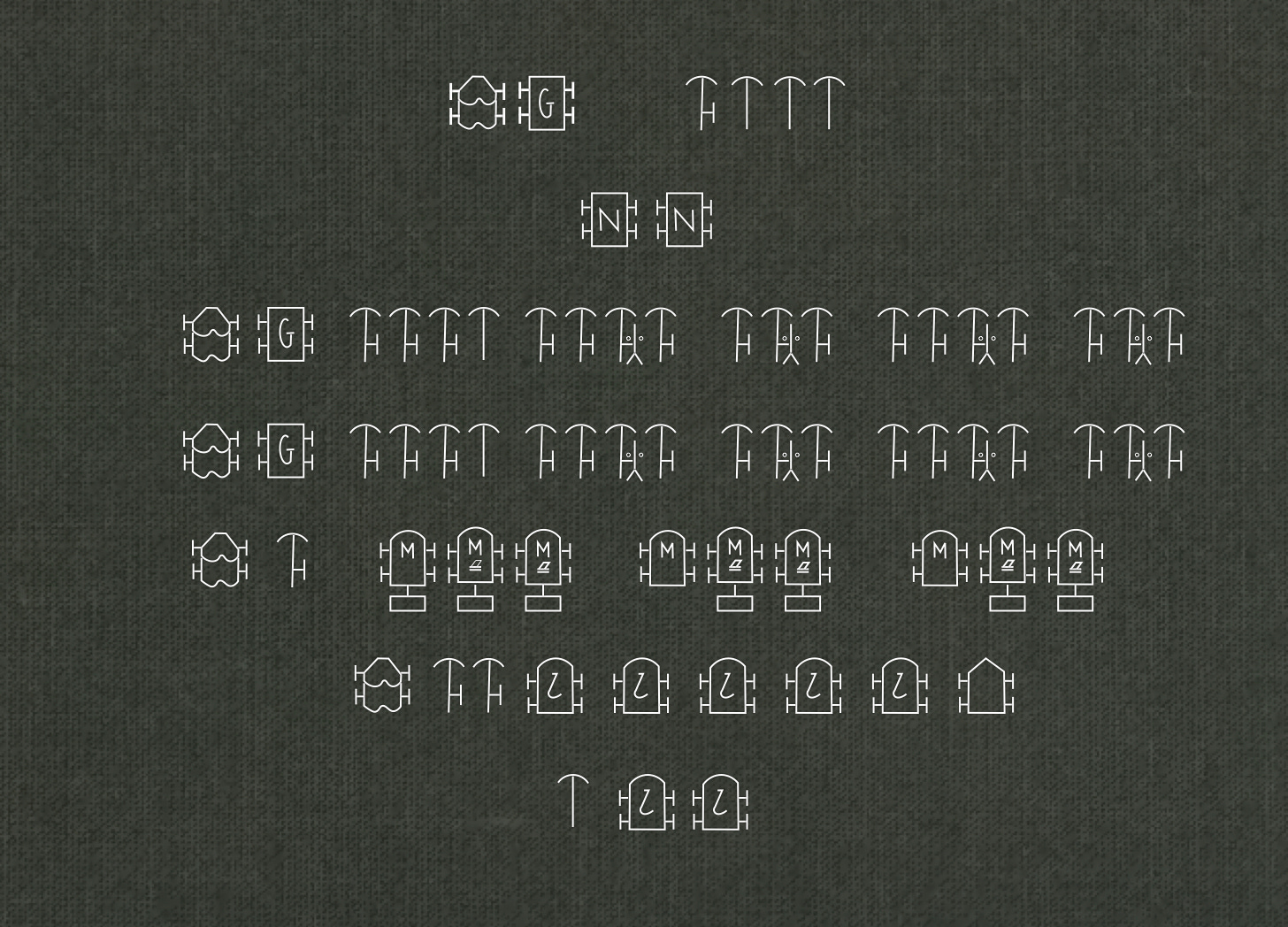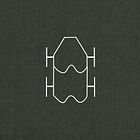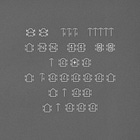Machine Gun Company
Decoding Old Diagrams
This post belongs to a five part series. You can find the previous installments at the far end of the following links.
Leadership Group
The leadership group (Gruppe Führer) of the machine gun company consisted of an amphibious Volkswagen (Schwimmwagen), a cargo truck, and four motorcycles. (One of the latter sported a side car.) In other words, it provided the commanding officer of the company with three messengers, two ways to travel, and the gear needed to operate a bare-bones command post. (I presume that the ‘G’ on the truck symbol stands for Geräte, which means ‘equipment’.)
Communications Group
Rather than belonging to the leadership group, the two telephone trucks rated by the company formed a separate communications echelon (Nachrichtenstaffel).
Machine Gun Platoons
Each of the two machine gun platoons (Maschinengewehrzüge) of the machine gun company possessed a headquarters (Zugtrupp) that, with a Kubelwagen, cargo truck, and four motorcycles, looked a lot like the leadership group of the company as a whole. (However, where one of the four motorcycles in the company headquarters sported a side car, three of their counterparts in the platoon headquarters rated a third wheel.)
Each machine gun platoon fielded four machine gun squads (Maschinengewehrgruppen), each of which operated a single heavy machine gun. The even-numbered squads (2. and 4.) rode on three three-wheeled machines, the odd-numbered squads (1. and 3.) on four.
The lopsided distribution of motorcycles may reflect the common German practice of forming pairs of heavy machine guns into half-platoons (Halbzüge). In other words, each of the extra machines carried the leader of a Halbzug.
Mortar Platoon
Where all of the men who handled heavy machine guns traveled on (or in the side cars of) motorcycles, all but one (or two) of the soldiers of the mortar platoon (Granatwerferzug) rode in trucks. To put things another way, the mortar platoon rated one motorcycle, the three-wheeler that kept company with the Schwimmwagen of the tiny platoon headquarters (Zugtrupp).
Where each machine gun platoon fielded four one-gun squads, the mortar platoon broke down into three squads, each of which employed a pair of medium (8cm) mortars and rode in a trio of trucks. (The ‘M’ on the symbol for each truck seems to stand for Munition.)
Two of the three mortar squads were authorized identical equipment sets. One, however, rated a third trailer.
The Combat Train
The combat train (Gefechtstroß) consisted of
a small headquarters (Zugtrupp) (with a Schwimmwagen and two sidecar cycles)
five cargo trucks
a maintenance car (Instandsetzungskraftwagen 2/40).
Each of the five cargo trucks, which were marked with an ‘L’ (for Lastkraftwagen), carried loads of particular type. One, for example, served as a mobile field kitchen.
The Baggage Train
Equipped with a single motorcycle and two cargo trucks, the baggage train (Gepäcktross) carried items that, while not needed on a daily basis, would prove useful when the company moved into billets or set up a camp.
The sources for all five installments of this series can be found in the first post.
For more about this newsletter














